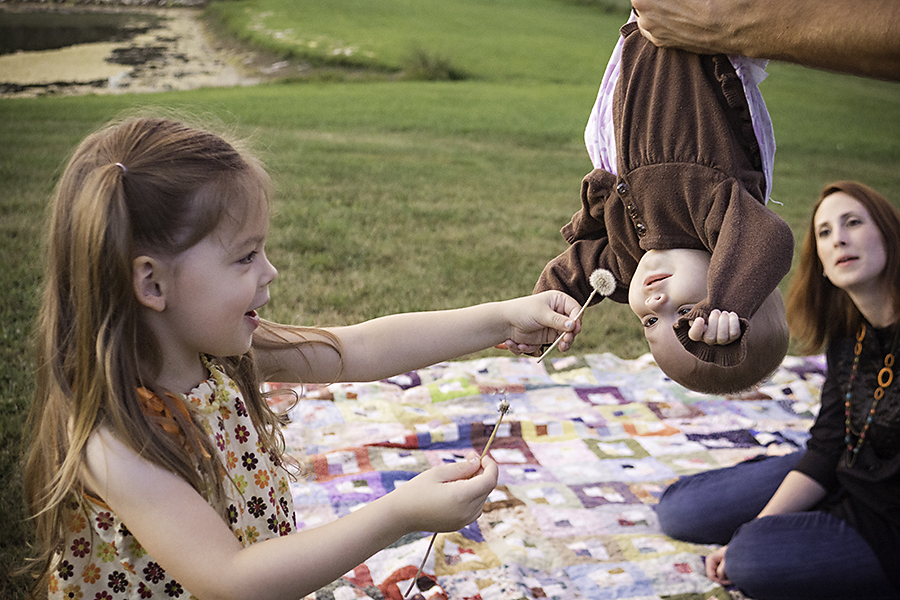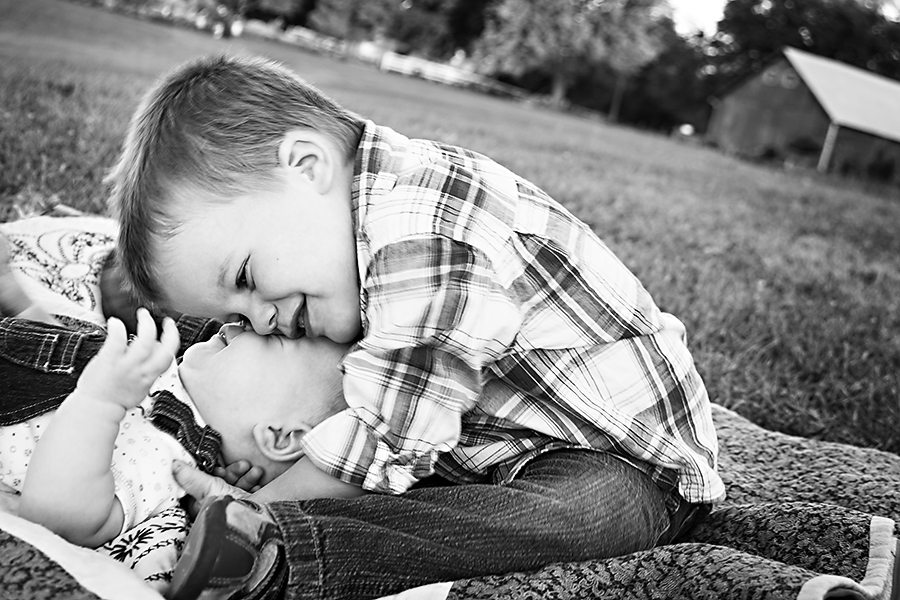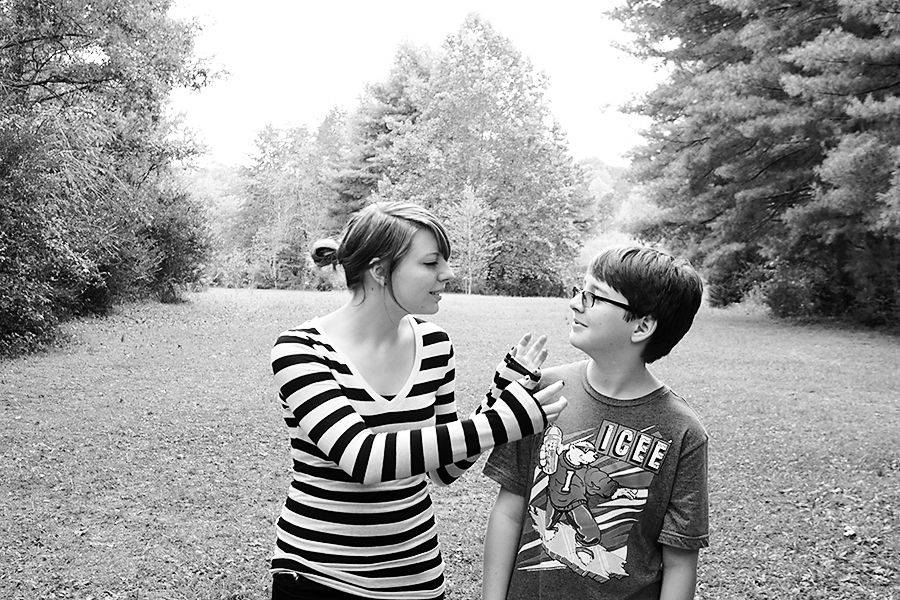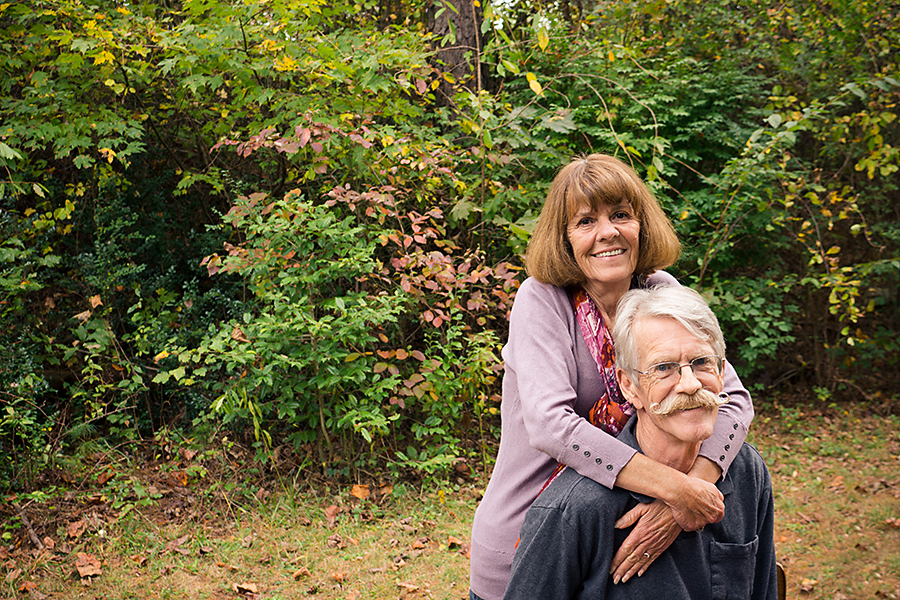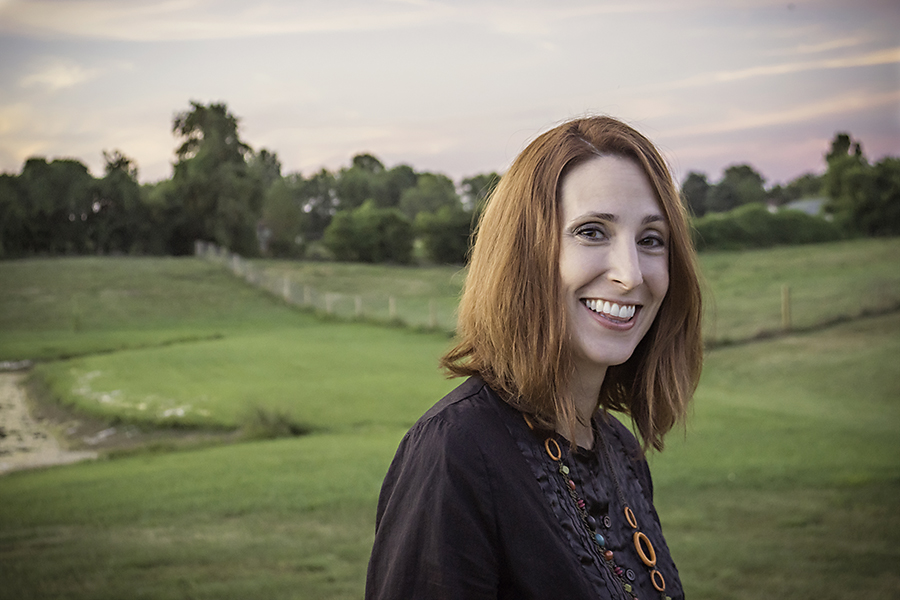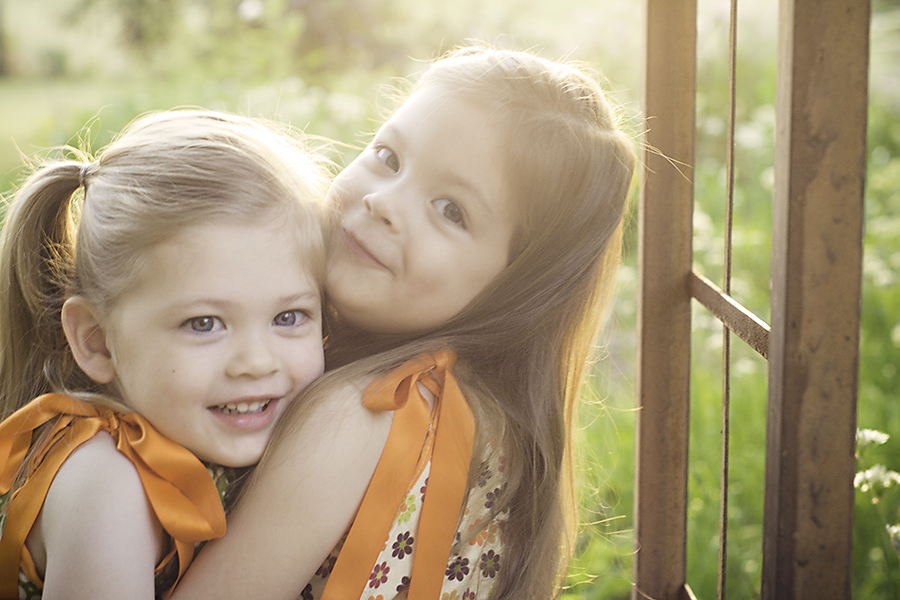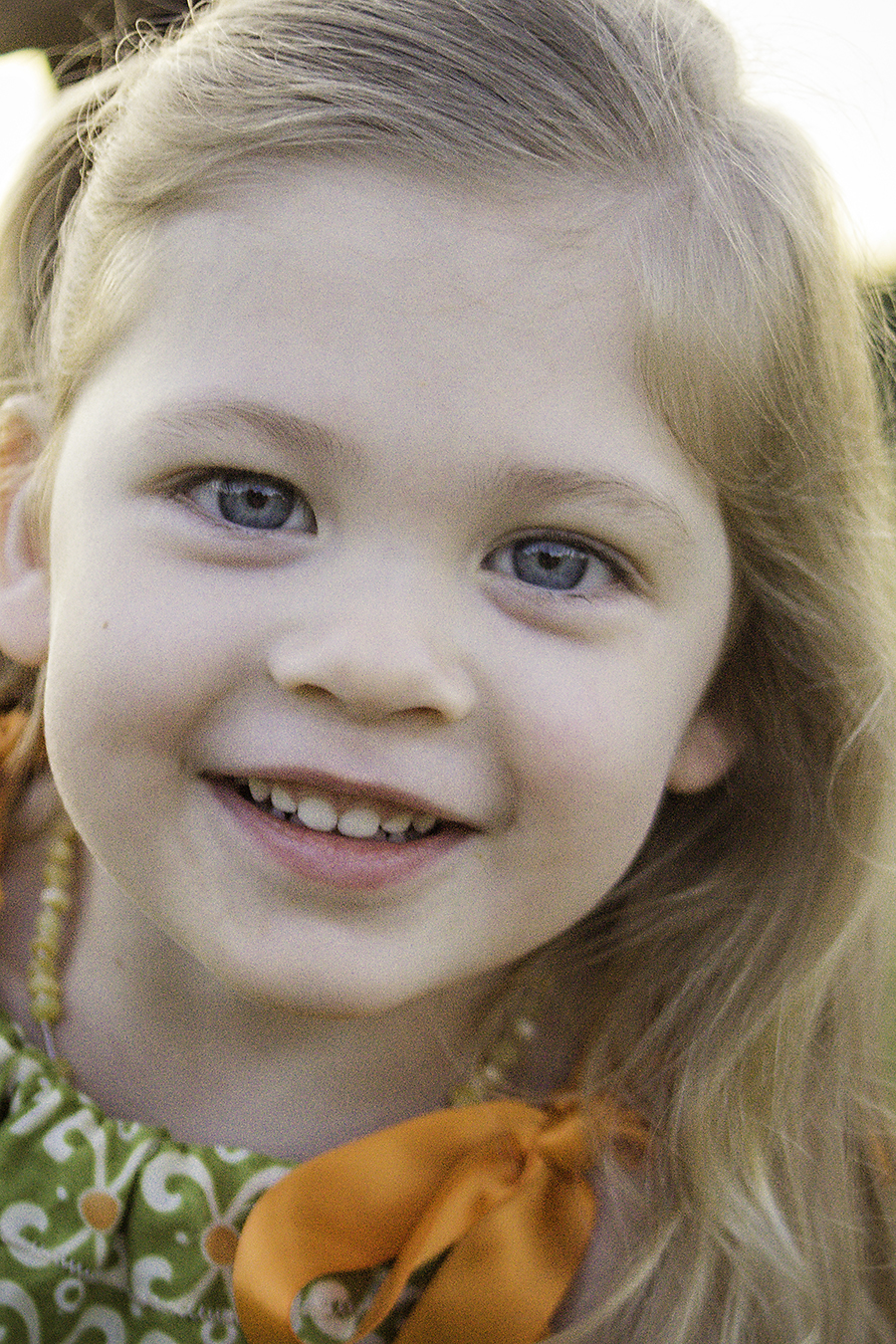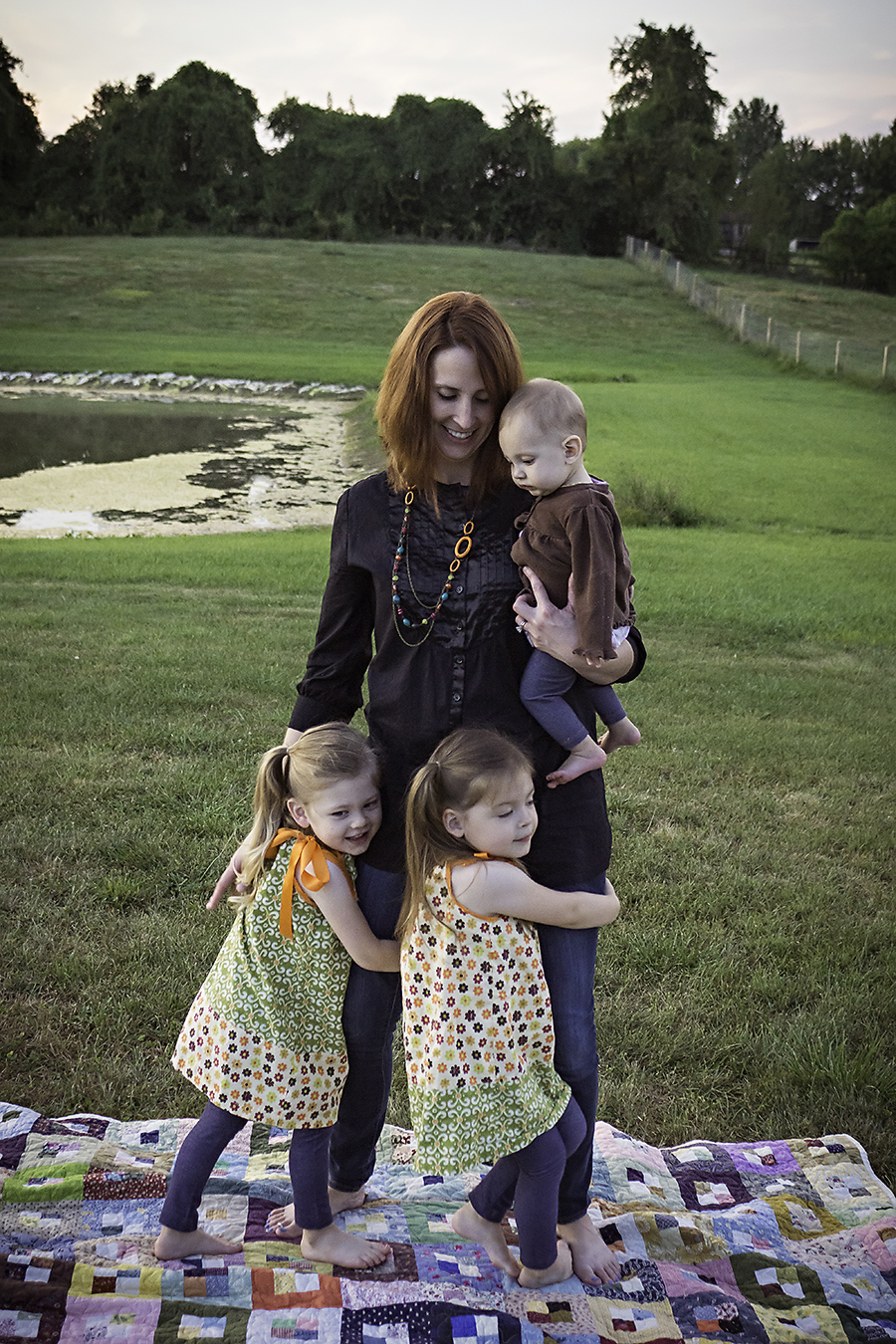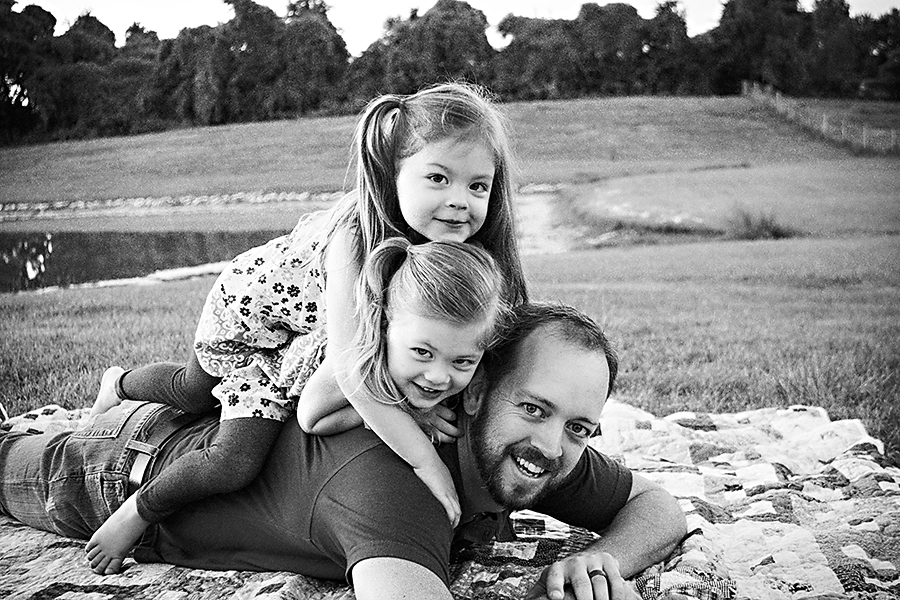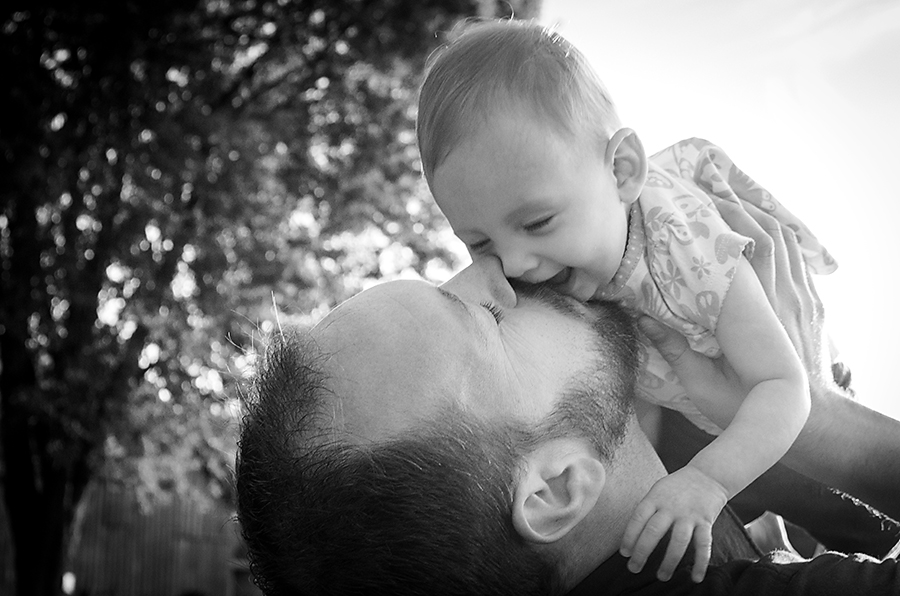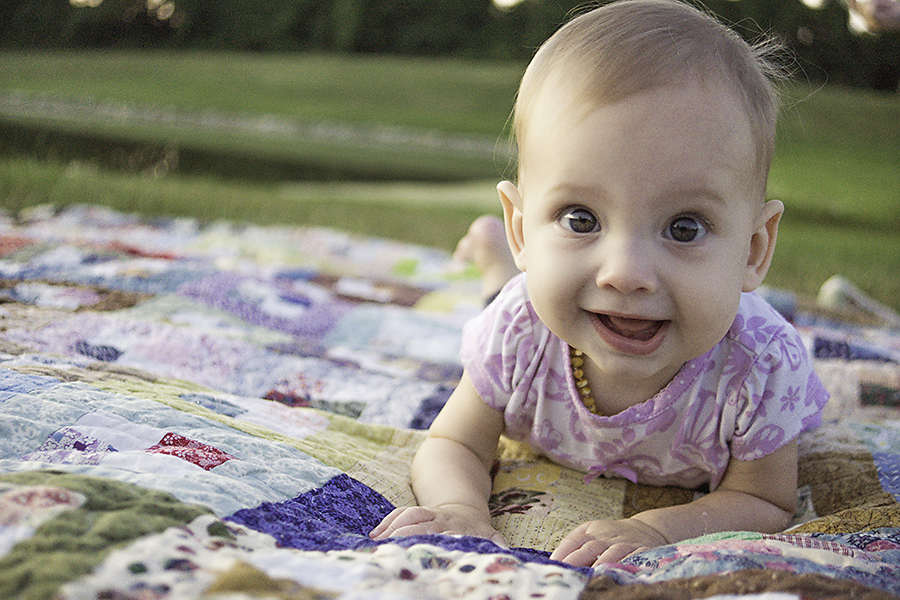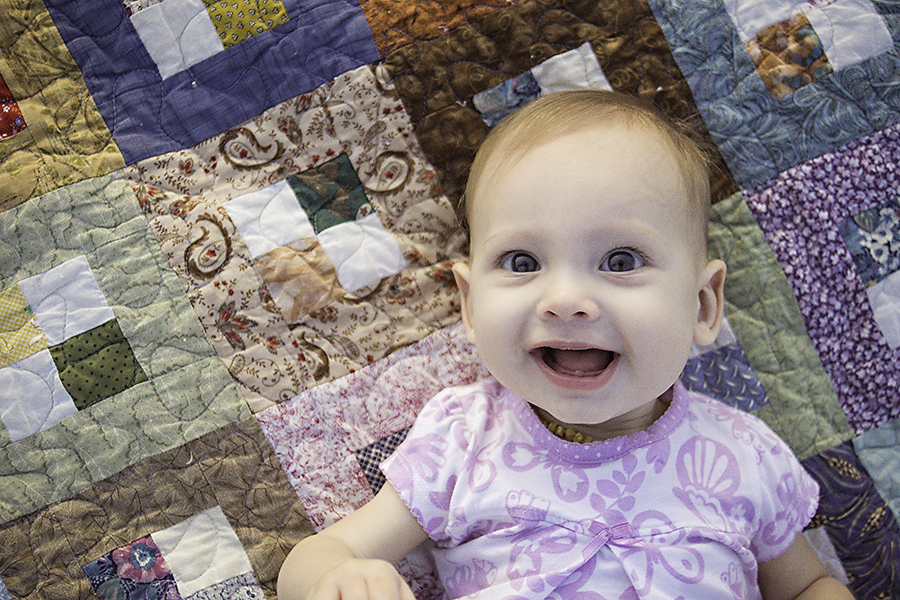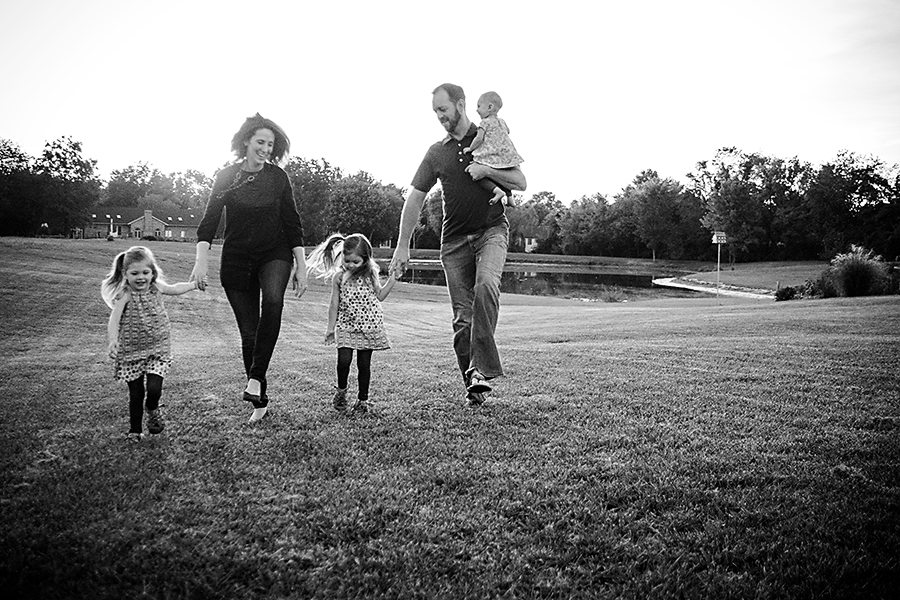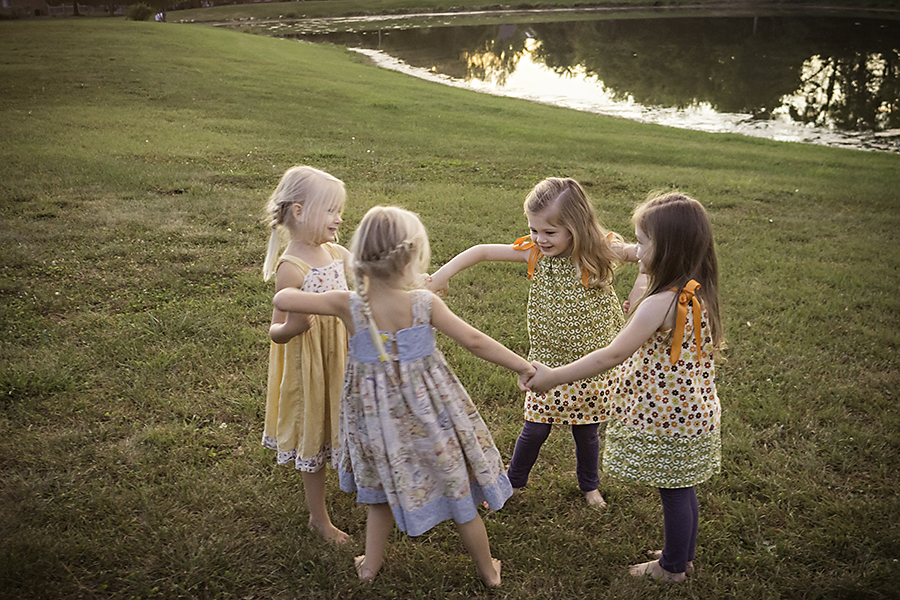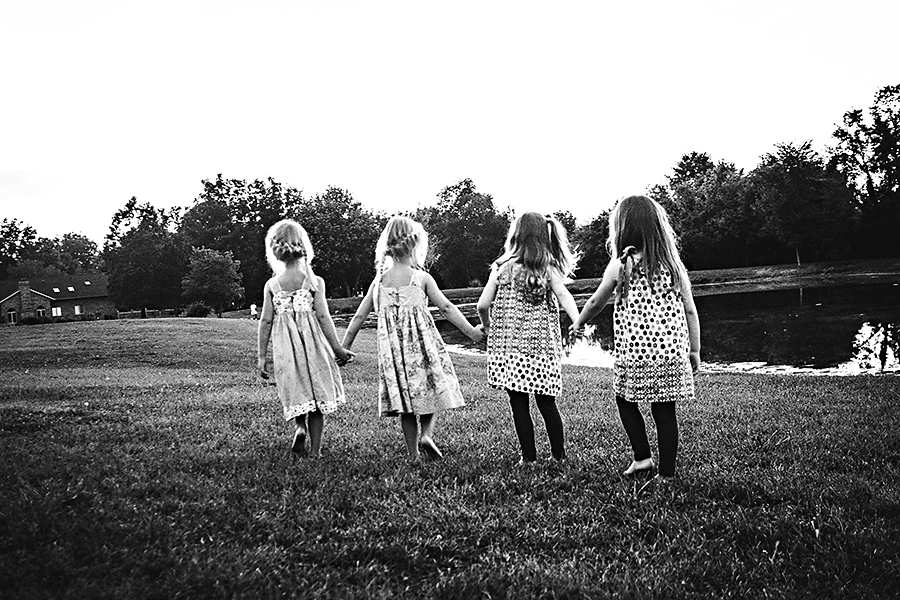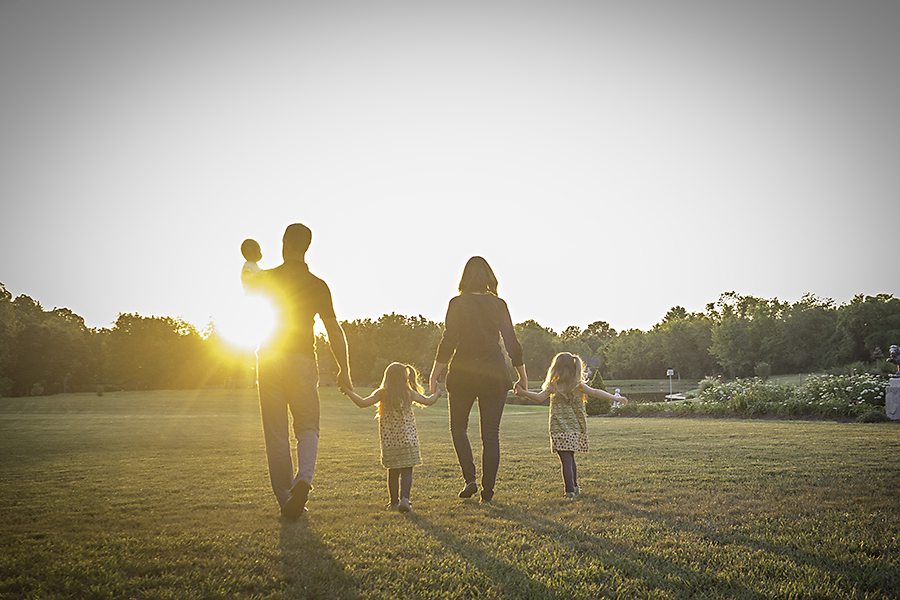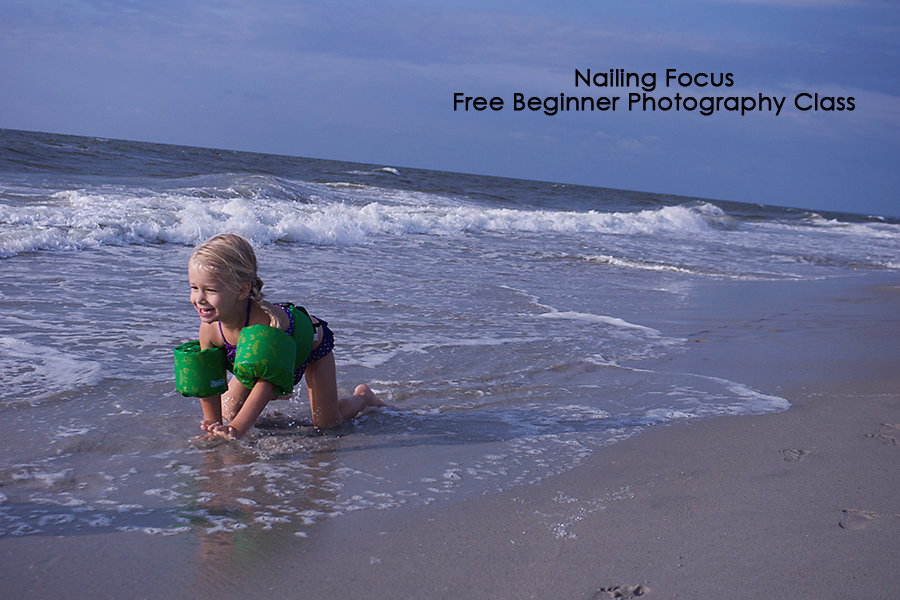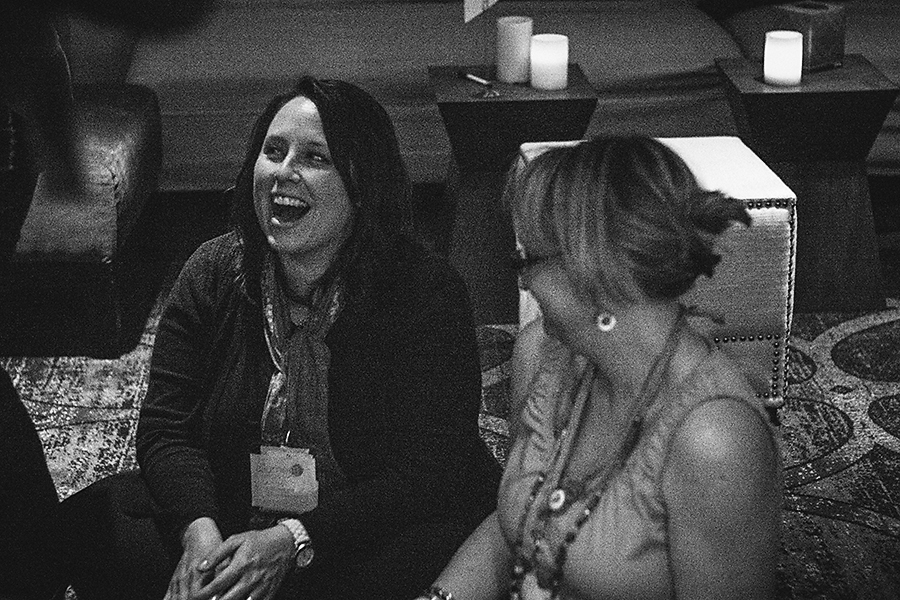11
2013I’ll be showcasing the 4 family sessions I’ve had the pleasure of capturing in the upcoming weeks.
I don’t do a lot of family sessions because I can’t always find clients with the same vision for their family portraits. And also because I have three children under 4 and limited weekend/night availability. 😉
Yet I love authentic documentary family photography. I love being drawn into your world and quietly snapping away in the background while giving my family clients the minimum of direction.
I want to capture real families authentically loving one another right in the midst of the daily.
This style of photography isn’t for everyone and I’ve already mentioned that I don’t have a lot of availability, so how can you tell if we’re a good fit?
Authentic Documentary Family Photography with Quiet Graces
Family Mini-Session
For my mini sessions in an outside location, I start with a posed image or two while the kiddos (and the husband) are still ready to follow instructions. This is portrait that you’d see featured on a Christmas card or grandma’s wall. Then, I encourage play. I’ve already talked to you prior to the session and you have brought an assortment of toys or maybe bubbles or even your husband’s guitar for all of you to enjoy. I will place you in some great light and photograph the fun for the duration of the mini session.
I’ll capture your family as they really are.
Your goofy husband hanging the baby upside-down to blow on a dandelion.
Your toddler squishing the baby.
Sibling rivalry.
Old Love.
Commissioned Family Sessions
While I love these fun and quick mini-session, my favorite type of family session is just a little different. If you’ve hung around Quiet Graces for any length of time you know that I love finding the beautiful in the messy. As a photographer, I’m no different.
My dream client calls and asks if I would like to come over and photograph their Saturday morning ritual of playing under the covers and eating cereal with their kiddos in bed. They’ll treasure an image of dad chasing a toddler who escaped, mostly naked from the changing pad while dad grabbed their socks from a drawer. They’ll treasure an image of their daughter sitting on the counter watching mom do her hair for the day. They’ll be super excited to see images of the sibling playing trains on a messy floor and even more excited that I somehow captured them sneaking kisses while the kids played. After our slow morning, we headed out to a park, or the lake, or even the library my client loves to spend time at for a few more formal images.
I want to capture the real life my clients love to live.
I only periodically offer mini-sessions (in the spring and fall) and only limited numbers of these sessions. However, if the family session at home is your dream session, don’t hesitate to contact me about my availability.
08
2013I know Quiet Graces is a little schizophrenic. One moment I’m posting sessions, the next I’m championing children in poverty, then I’m writing a series on seeing beauty in your everyday mess, and then I’m wishing my kiddos a happy birthday. Sometimes I feel like my readers have whiplash.
Here’s the truth: I used to have two blogs- a personal one and a business blog. They have been merged in this one space for a year now. I merged the two in obedience because I heard this clear call to live a one piece life. For me, storytelling with a pen or a camera serve the same purpose: capturing the glory of God.
There are days where I struggle with this schizophrenic feel to my space:
“Lord,” I whisper in the dark, “Why one space? Aren’t the business and the writing mixed hindering me?”
And He always says clearly, “It is not about you.”
Leave it to my Father to silence me in just 5 words.
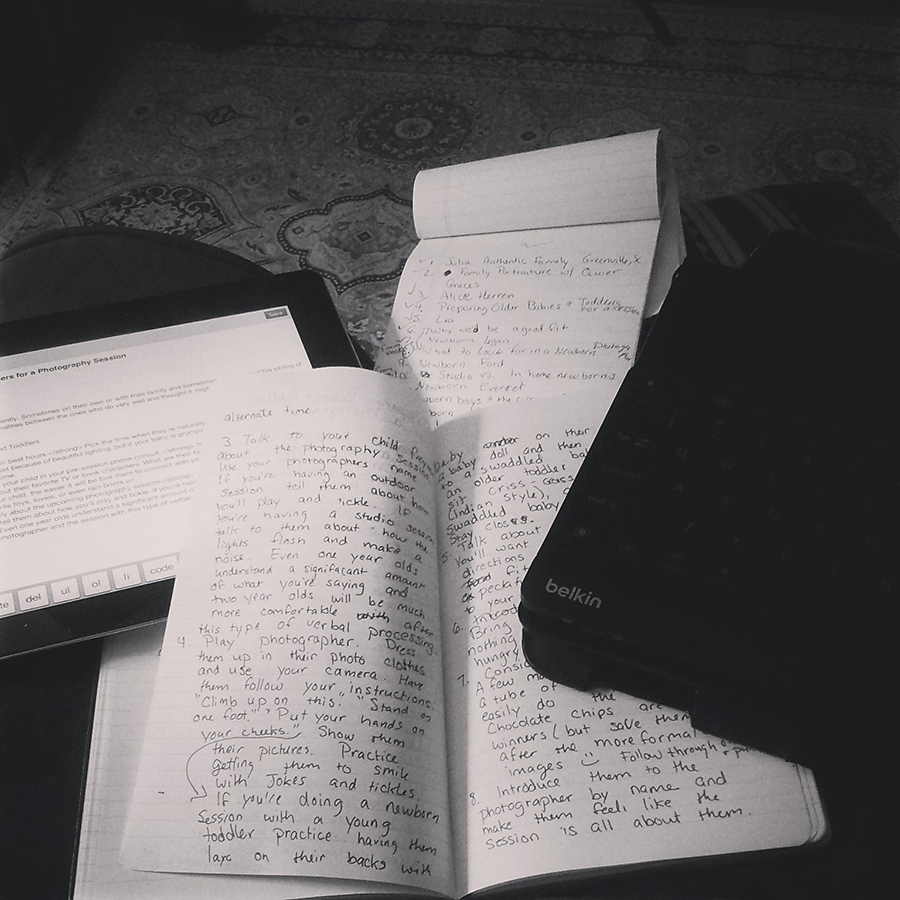
So I keep writing. The messy real of my everyday life mingles with the business of creating art for clients.
I am becoming transparent so that He can be seen.
Because when I boil my God-sized dream down to the core it is this: To assure those who feel like that they are an utter mess that their beauty is in their weakness. To whisper loud that God only uses broken people.
And whether I do that with type set on a screen or through an image of a worn and broken new mom who emptied herself for the tiny being in her hands really doesn’t matter to me. The vehicle doesn’t matter. It’s all under the umbrella of the dream.
My dream isn’t about me anyway: it’s about others seeing Him big in the work He’s called me to complete.
07
2013When I photograph someone I love my work almost flies to another level. I’m not scared of loosing their approval and I’m just concerned with loving them well with my lens. The Jenkins family has always let me love them well through my lens.
This woman she speaks love to me and I flourish in her encouragement. And when I encourage her to be brave on the other side of the lens: magic happens. I’m able to document who she is and how she loves.
I’m able to create documentary family photography to show how a family really lives. And we play. Chasing the sunset. Skipping. Laughing. Blowing dandelions. Playing ring around the rosies with my girls.
This is what I was made to do: to tell your stories with beauty so that on those messy hard days, you can remember why it’s all worth it to begin with.
05
2013Welcome back class! I see you’ve made the best of our little break and I am super excited to see your images in the Flickr Group! I’ll be posting some of your images from the Flickr Group tomorrow to showcase how you’ve grown over the summer.
If you haven’t posted anything in the Flickr Group recently, today is your last chance to get your images in so I can include them on tomorrow’s blog.
Today we’re going to talk just a little bit about nailing focus before jumping into editing topics for the remainder of the year. There will be no more assignments outside of your Final Project. So start creating and consider this series of posts bonus materials.
Nailing Focus
There’s nothing more disappointing to me than taking the ‘perfect’ shot only to pull it up on the computer and discover that I missed focus. Ug! This is one of these areas that I’m learning along with you because I learned on and used a manual focus film SLR until 2009. Yeah, I’m one of those die hard old school fans. I’d love to move my lifestyle family mini sessions back to film someday… ah, dreamy.
Wait. Where were we? Oh, yeah, nailing focus.
There are two things that tie into nailing focus: Focus Mode and Auto Focus Area. Let’s tackle these one at a time.
Focus Modes
You’re going to have to consult your manual to find out how to toggle these handy dandy focus modes.
Manual Focus or MF
Manual focus is focusing with the focus ring on your lens. Depending on your camera, you’ll need to switch either the lens or the camera into MF mode. Some cameras even allow you to toggle manual focus temporarily with a button on the back.
Manual focus is best used in the following situations:
- When you don’t have enough light or contrast in your scene to lock focus with Auto Focus. You’ll know this is happening if your lens keeps running and your camera won’t allow you to fully depress the shutter button.
- When you’re shooting still life or a very still subject
- When you’re shooting at infinity on a tripod for say a landscape with a closed down aperture
- When you know the exact distance from your sensor (marked on your camera body) to your subject. Usually the camera is on a tripod for this.
One Shot/AF-S/Auto Focus Single Shot
When you half depress the shutter button halfway, this will grab focus on the point the camera or you have selected it and hold focus on this point. You can use this mode to focus on a certain point and then recompse an image by holding down the shutter button halfway.
This focus mode is used for still subjects like landscapes or adult portraits or cooperative children. Keep in mind that if you’re shooting wide open, even a small movement of your subject can cause missed focus in AF-S mode.
Al Servo/AF-C/Auto Focus Continuous
When you half depress the shutter button, this focus mode will lock to the subject. As long as the button is half depressed, the camera will attempt to continue focusing on that moving subject.
Obviously this is heaven for toddlers, animals, and fast moving subjects. Switching into this mode could be a game changer with fast subjects. This focus mode works best when your subject is in the center of the frame. So shoot wide and crop later.
Al Focus/AF-A/Auto Focus Automatic
When you half depress the shutter button, the camera will decide whether the subject requires AF-S or AF-C. But just like manual mode, the camera can get it wrong. You get to pick whether you want the camera to decide for you or not.
Auto Focus Area
In addition to choosing the Focus Mode (how your camera will focus), you also can also choose Auto Focus Area (where your camera will focus). Again, you’ll have to consult your manual to determine how to change your Auto Focus Area, but it’s totally worth it!
I’ll be using the names for the Focus Area as Sony describes it… so you may have to consult your manual to determine your respective names 😉
Automatic or Wide
The default setting. Do you really want your camera choosing where to focus and deciding on an area different than you would have wanted? I thought not. So lets move away from keeping it on AF Automatic.
Spot
The spot selected for focus is usually dead in the center. This is great if you’re using AF-S to set focus with a half depressed shutter button and then recomposing the image. You just may want to make sure you use a slightly more closed aperture for this technique. Obviously, spot also works great for taking images where your subject is in the center.
Zone
Here’s where you start bossing your camera around rather than letting it decide for you. In zone focus area, you can select which side of the frame the camera will pick focus from: left, middle, or right. It’ll still do half the work in picking the specific point of focus, but at least you’ll know it was pointed in the right direction. I use this AF Area when photographing toddlers or subjects that don’t allow me enough time to use Local focus area.
Local
Local allows you to pick the specific point where the camera will focus. I have 19 focus points in my professional level Sony a77 SLT. I had only had 9 in my entry level Sony a200. Using a joy-stick, I toggle between the focus points and tell my camera where I want it to focus: for most portrait situations this is the subject’s leading eye. I would not use this with subjects that don’t give you a lot of time to toggle focus points: namely children, or cars, or animals.
Further Resources for Nailing Focus
This is the first post in a series about nailing focus and goes into a bit more depth than I have written here.
If you’re interested in getting really precise with learning focus, there’s a great ebook called Tack Sharp: A Step by Step Guide to Nailing Focus. This is affiliate link for a product that goes into further depth on this subject. If you have problems with focus, feel free to invest.
